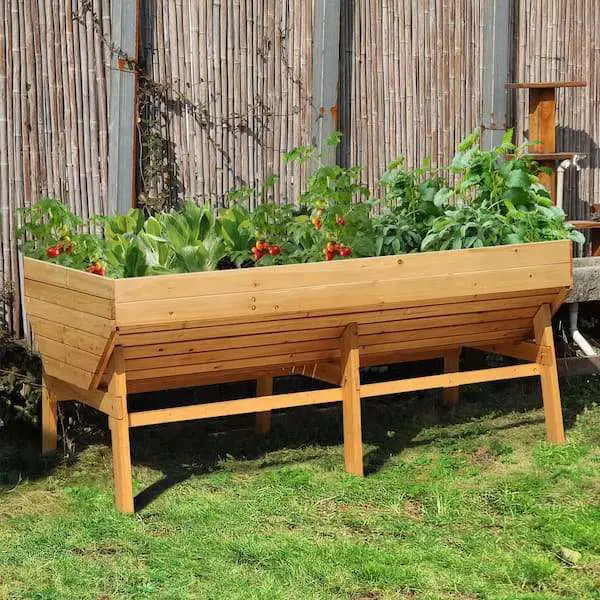In this article, you will learn some useful tips for filling the bottom of a raised garden bed. Whether you’re interested in off grid living or simply enjoy gardening, knowing what to put at the bottom of your raised garden bed is important. By the end of this article, you will have a better understanding of the options available and how they can benefit your plants. So, let’s get started and enhance your gardening knowledge!
Tips for Filling the Bottom of a Raised Garden Bed
Gardening is a rewarding hobby that allows you to enjoy the beauty of nature and grow your own fresh produce. One popular method of gardening is using raised garden beds, which offer numerous benefits such as improved soil quality, better drainage, and easier maintenance. When it comes to filling the bottom of a raised garden bed, there are several important factors to consider. In this article, we will explore the importance of properly filling the bottom, discuss various materials that can be used, and provide some helpful tips for creating a healthy and thriving garden bed.
Importance of Properly Filling the Bottom
Filling the bottom of a raised garden bed is crucial for several reasons. Firstly, it helps to create a stable and level base for the bed, ensuring that it remains sturdy and secure. Secondly, it provides a barrier between the bed and the ground, preventing weeds and grass from growing up into the bed and competing with your plants for nutrients. Lastly, filling the bottom allows for proper drainage, preventing waterlogging and ensuring that excess moisture can escape, which is crucial for the health of your plants.
Materials for Bottom Layer
Before filling the bottom of your raised garden bed, it is important to choose the right materials for the bottom layer. One common option is gravel, which provides excellent drainage and stability. Another popular choice is crushed stones or rocks, which allow for proper air circulation and prevent soil compaction. These materials can easily be purchased from a local garden center or home improvement store.
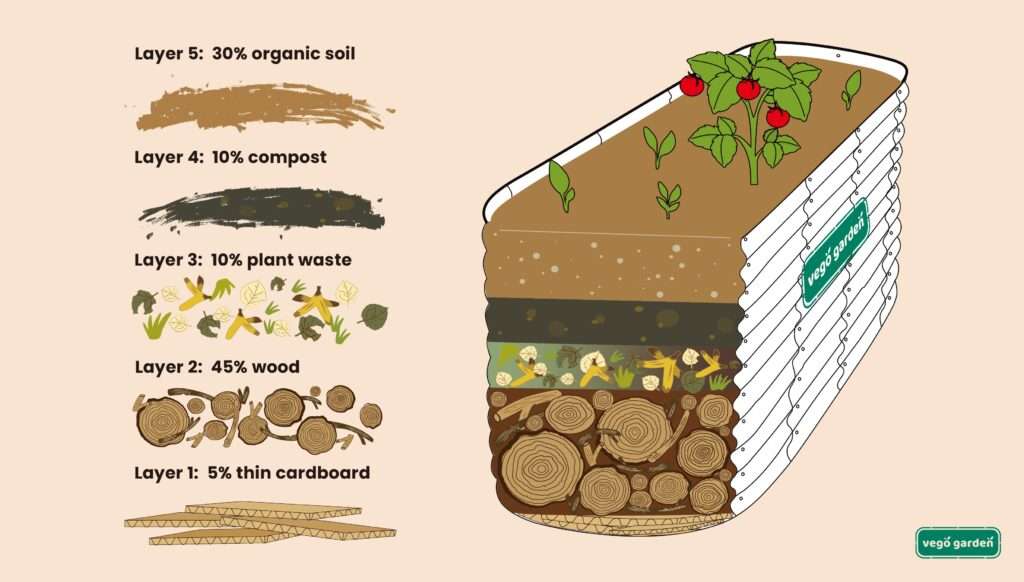
Choosing the Right Soil Mix
After filling the bottom layer, it is essential to choose the right soil mix for your raised garden bed. The soil should be well-draining to prevent waterlogging, yet with enough organic matter to retain moisture and nutrients for the plants. A good soil mix consists of a combination of garden soil, compost, and perlite or vermiculite to promote drainage and aeration. You can also consider adding additional amendments such as aged manure or peat moss to further improve the soil’s fertility.
Adding a Layer of Compost
Adding a layer of compost to the raised garden bed is highly beneficial for plant growth. Compost is rich in organic matter and nutrients, which help to nourish the plants and improve soil structure. It also aids in moisture retention and acts as a natural fertilizer, reducing the need for additional chemical-based fertilizers. Spread a layer of compost evenly over the soil surface, ensuring that it is well-mixed with the existing soil.

Enhancing Drainage with Sand
If you live in an area with heavy clay soil or poor drainage, adding a layer of sand to the bottom of the raised garden bed can greatly improve drainage. Sand helps to break up compacted soil and allows water to flow freely through the bed. Be sure to use coarse sand rather than fine sand, as fine sand can create a dense layer that retains water.
Using Rocks or Pebbles for Drainage
In addition to sand, you can also use rocks or pebbles to enhance drainage in your raised garden bed. Placing a layer of rocks or pebbles at the bottom of the bed helps to create air pockets and prevent water from pooling. This can be particularly useful in areas with heavy rainfall, as it ensures that excess water drains away efficiently.
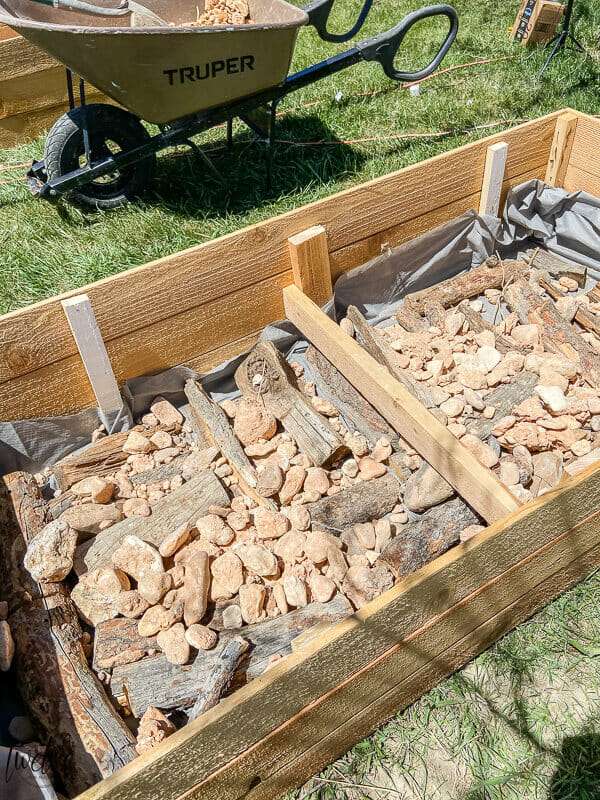
Adding a Layer of Cardboard or Newspaper
To further suppress weeds and grass, consider adding a layer of cardboard or newspaper over the bottom layer of your raised garden bed. Cardboard and newspaper act as a natural weed barrier, preventing sunlight from reaching weed seeds and inhibiting their growth. Make sure to wet the cardboard or newspaper thoroughly before adding soil on top to keep it in place.
Using Landscape Fabric as a Barrier
In addition to cardboard or newspaper, landscape fabric can also be used as a weed barrier in a raised garden bed. Landscape fabric is a permeable material that allows water and nutrients to pass through while preventing weed growth. Cut the fabric to fit the dimensions of your garden bed and secure it in place using landscape fabric staples or heavy objects such as rocks.
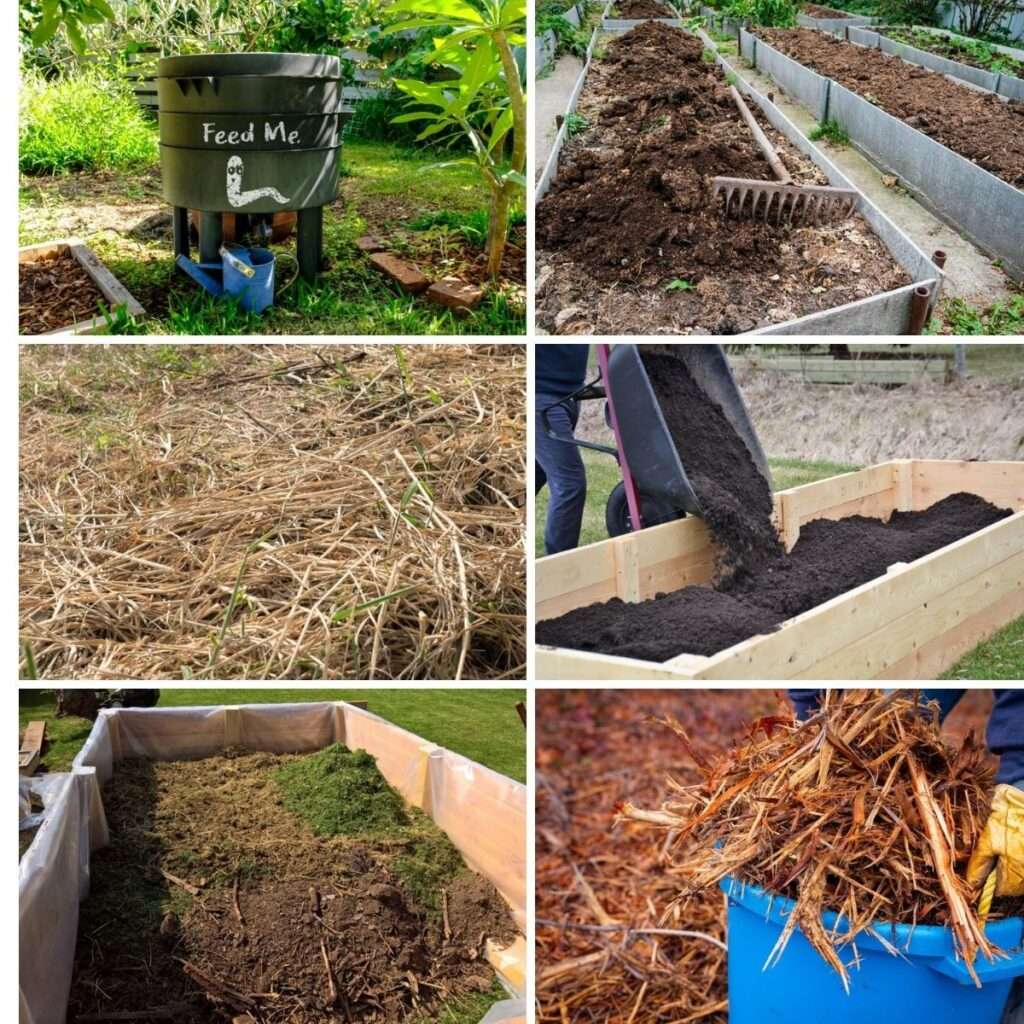
Installing a Weed Barrier
For those who are particularly concerned about weed control, installing a weed barrier can be an effective solution. Weed barriers are made of durable materials such as plastic or geotextile fabric and are designed to suppress weed growth while allowing water and air to penetrate. Install the weed barrier before filling the raised garden bed, ensuring that it covers the entire bottom and sides of the bed.
Using Wood Chips or Straw as Mulch
After filling the bottom layer and adding soil, consider using wood chips or straw as mulch in your raised garden bed. Mulch helps to conserve moisture, regulate soil temperature, suppress weeds, and improve soil fertility as it breaks down over time. Apply a two to three-inch layer of mulch around your plants, leaving a small space around the base of each plant to prevent moisture-related issues.
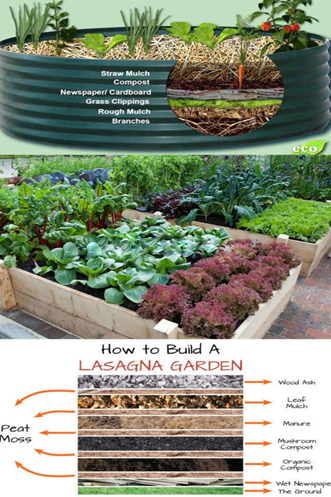
Maintaining Moisture with Mulch
Mulch plays a crucial role in retaining moisture in the soil, especially during hot and dry periods. By acting as a protective layer, mulch reduces evaporation and helps to maintain a consistent level of moisture in the soil, which is essential for the healthy growth of plants. Additionally, mulch provides insulation, protecting plant roots from extreme temperature fluctuations.
Avoiding Chemical Treatments
When filling the bottom of a raised garden bed, it is important to avoid using chemical treatments or pesticides. Raised garden beds are often used to grow edible plants, and using chemicals can contaminate the soil and harm both the environment and the plants themselves. Instead, opt for organic and natural methods such as composting, mulching, and using beneficial insects for pest control.
Building the Raised Garden Bed
Once you have prepared the bottom layer of your raised garden bed, it is time to start building the bed itself. The process will vary depending on the materials you choose and the design of your bed. Generally, you will need to assemble the sides of the bed, secure them with screws or nails, and then attach the bottom layer. Ensure that the bed is level and stable before filling it with soil.
Conclusion
Filling the bottom of a raised garden bed should not be overlooked, as it plays a crucial role in creating a healthy and thriving garden. By choosing the right materials and soil mix, enhancing drainage, adding organic matter, and using natural weed barriers, you can create an ideal environment for your plants to grow. Remember to maintain moisture levels with mulch and avoid harmful chemicals to promote a sustainable and bountiful garden. With these tips in mind, you are now ready to start filling the bottom of your raised garden bed and embark on a rewarding gardening journey. Happy gardening!

